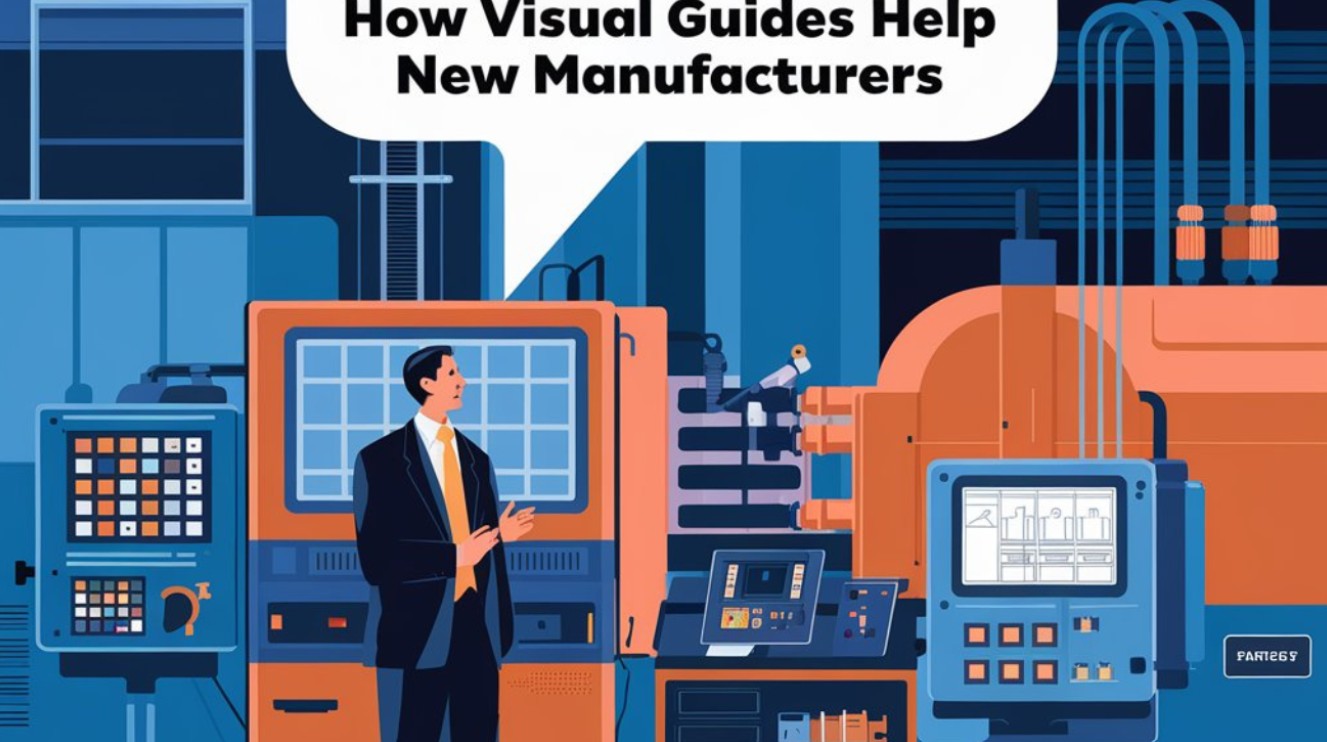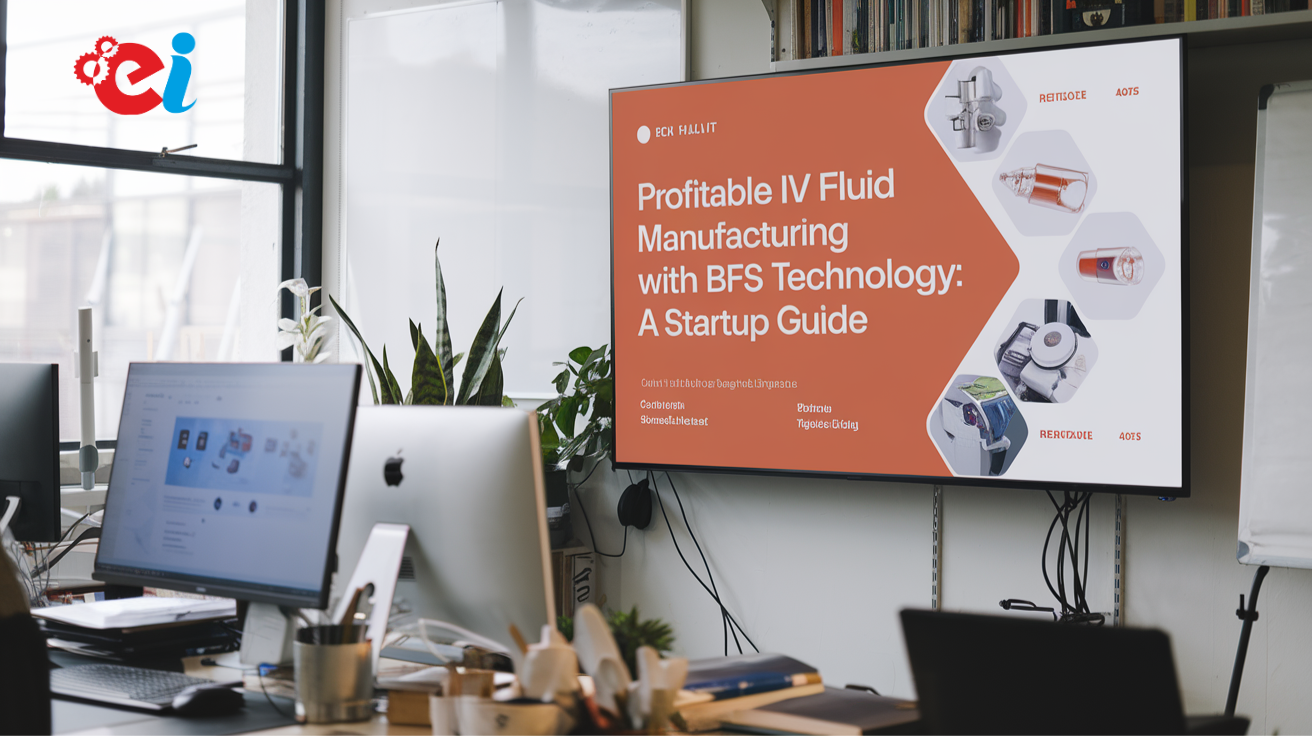
Creating and overseeing a manufacturing plant is an essential duty that guarantees the effectiveness, security, and durability of any equipment. These days, visual tutorials are quite effective in guiding new manufacturers. Visual tutorials give new operators a step-by-step representation of the action, usually either setup or maintenance of a manufacturing plant, thereby enabling easy understanding of relatively complicated procedures.
Equipment Setup and Maintenance
1. Reduced Maintenance Costs and Downtime
Regular maintenance can prevent expensive repairs and breakdowns caused by sudden failures due to minor faults at a very early stage.
2. Workplace Safety
Badly set machines can bring about very hazardous situations that could cause accidents in the workplace.
3. Product Quality and Compliance
Proper equipment setup ensures that production is accurate, thereby ensuring product quality and compliance with industry norms.
Also Know About : Tremendous Profitable Scope in Intravenous Fluid Business
Challenges Faced by New Manufacturers
New manufacturers often struggle with equipment setup and maintenance due to various reasons, including
1. Lack of Technical Know-How
Manufacturing machinery is usually arranged in a very complex configuration and may include several functional profiles that only an engineer would understand.
2. Training Limitations
Conventional training routines, such as print manuals and classroom sessions, might not be very effective in the communication of complicated procedures.
3. Time and Resource Constraints
There might not be enough funds during the small-scale manufacturing organization’s operations, leading to time-consuming processes.
4. High Risk for Errors and Damage of Equipment
Poor setup due to the absence of proper guidance can easily lead to operational inefficiencies and machine damage or workplace accidents.
How Visual Tutorials Help in Setting up and Maintaining Equipment
Here is what visual tutorials would do in redoing the new manufacturers’ equipment setup and maintenance:
1. Enhanced Understanding of Complex Procedures
The difficult technical process is usually broken down into simple sequential steps by a pictorial representation, making it easier to understand the more complicated procedures.
2. Increases Retention and Engagement
People remember visual material much better than text-based instructions. Interactive videos and infographics keep employees engaged in learning, which improves learning outcomes and reduces time training.
3. Reduces Dependency on Experts
Operationally, new manufacturers’ visual guides can reduce dependence on special technicians for the setup and maintenance of each piece of equipment. Employees can watch video guides and do the tasks with confidence.
4. Standardizes Training Across Teams
It is very important that training is the same for each employee so that the same best practices may be utilized by all staff members.
5. Enables Learning and Accessibility On-Demand
Visual tutorials, unlike in-person training sessions, can be accessed at any moment and from anywhere.
Read our blogs: Starting a Potassium Permanganate Business in India
Steps to Implement Visual Tutorials in Manufacturing Training
The steps for manufacturing training using visual tutorials will include the following:
- Identify Main Training Requirements
It will include identifying which equipment setup and maintenance processes must be documented with visual information, as well as noting where employees face problems, then prioritizing developing visual tutorials for these procedures.
- Develop Media-rich Visual Content
High-quality preparation requires pictures, videos, and animations, as well as step-by-step instructions. List the requirements and use professional video production tools or applications to ensure clarity and precision.
- Include Interactive Learning Component
Make tutorials interactive by incorporating quizzes, hands-on demonstrations, and simulation exercises. Now employees can also test their understanding through quizzes.
- Utilizing Digital Platforms for Access
All visual tutorials should be held under such digital platforms as learning management systems (LMS), company intranets, and mobile applications. This is to ensure that they are available to employees at any time they require guidance.
- Pilot and Feedback
Conduct a pilot phase before rolling out visual tutorials company-wide, and collect the feedback of employees during the pilot phase to fine-tune the program.
- Integration of On-the-Job Training
Although visual tutorials are quite effective, they must be complemented by supervision on-the-job training sessions where employees are allowed to practice what they have learned under supervision, as that will further improve their skills.
- Constant Updating and Improvement
The manufacturing processes and machines will be consistently updated to ensure they reflect the latest equipment, industry standards, and advancements in photography technology.
Case Study: Successful Implementation of Visual Tutorials
A mid-sized automotive component manufacturer created step-by-step video tutorials for proper equipment setup and maintenance to prevent incorrect setups and reduce equipment breakdowns.
It resulted in:
- 40% reduction in machine setup error
- 30% reduction in downtime due to maintenance
- New employee training time cut down to 50%
- Increased overall productivity, resulting in more profitability
It is a situation where visual tutorials can produce very visible results for operational efficiency and contribution to effectiveness at work.
Also read our blogs: Solar Panel Manufacturing: Powering the Future of Clean Energy
Closing Thoughts
New manufacturers need to properly develop and maintain their equipment to maximize efficiencies, ensure safety, and reduce costs. Traditional training methodologies do not adequately bring about the proper understanding of complex procedures from time to time. Visual tutorials are the magic tools for manufacturing training because they provide a more engaging, accessible, and standardized way of learning. By presenting step-by-step videos, animations, and interactive content, the manufacturers could reduce errors, enhance understanding, and improve productivity.






